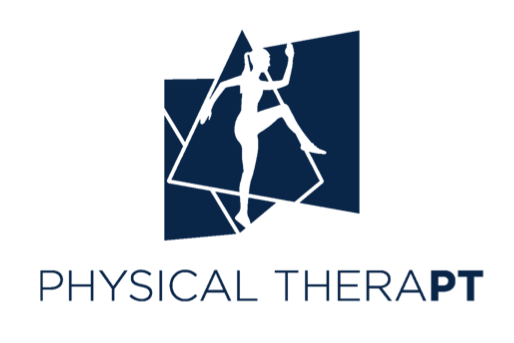Depending on where you are in the country, preseason is underway for fall sports. No matter what level, most teams require some form of pre-participation exam. These annual appointments are designed “to screen for injuries or medical conditions that may place an athlete at risk for safe participation."1 Regrettably, there is not a standardized exam in the US, resulting in a wide range of effectiveness. The National Athletic Trainers' Association Position Statement includes the following guidelines for designing an exam:
Medical and Family Health History
General Health Screening
Cardiovascular Screening
Neurological Screening
Orthopedic Screening
General Medical Screening
Review of Medication Use
Nutrition Assessment
Heat- and Hydration-Related Illness Risk Factors
Considering all the areas assessed, it is important a medical physician (MDs or DOs) supervise these exams. Missing from that list however, is a Functional Movement Assessment. Both ATCs and PTs can be instrumental in helping you establish an athletic baseline.2
By evaluating basic movement patterns, any strength imbalances or compensatory strategies can quickly be identified. Check out our instagram post on the functional assessment I used with the Warriors Dance Team for the 2021-2022 preseason screens!
Your provider can review any significant findings with you, helping you understand how they may be impacting your performance. But if the findings from your assessment don’t correspond with pain, should you still address them?
Short answer: It depends.
As clinicians, it is important to take the whole athlete and their goals into account. Understanding the demands of the sport and the anticipated load throughout the season is one piece of the puzzle. A rising high school freshman basketball player with lower extremity strength imbalance may have been fine playing at the middle school level 3-4 times per week. However, once introduced to the demands of a varsity squad- weight lifting, practices 5 times a week, and a heavier competition schedule- may no longer thrive. It is reasonable to anticipate that they will begin to experience lower extremity joint pain at some point during the season. By providing them a short home exercise protocol that addresses the imbalance, they may be able to avoid the scenario altogether.
A semi-professional golfer will expectedly present with a strength imbalance dominant to non-dominant side rotation due to the demands of their sport. Assuming their regular strength and conditioning includes bilateral rotational power and deceleration work, minimal changes may need to be made.
Ultimately, we believe that sports medicine should be proactive not reactive. While it is impossible to avoid injury in sports entirely, athletes can train more effectively based on their individual strengths and demands.
To learn more, check out these articles:
Wingfield K, Matheson GO, Meeuwisse WH. Preparticipation Evaluation: An Evidence-Based Review. Clin J Sport Med 2004; 14(3):109-122.
Conley KM, Bolin DJ, Carek PJ, Konin JG, Neal TL, Violette D. National Athletic Trainers’ Association Position Statement: Preparticipation Physical Examinations and Disqualifying Conditions. Journal of Athletic Training 2014;49(1):102–120.





